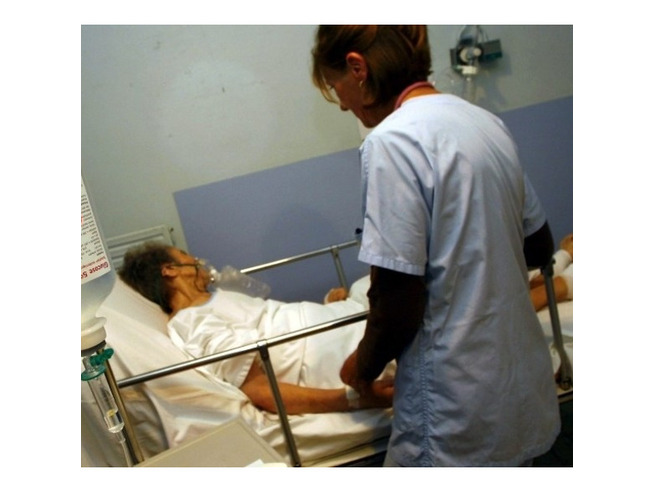Course Title: Baseline Observations
Course length
2 Hours
Maximum number to attend
20 – 60, Up to 20 delegates per course
This course is aimed at all staff who will be required to undertake baseline observations within their role. This will include normal ranges and potential causes for outside normal range results. The course has practical elements along with a short test at the end.
Learning Outcome and Assessment Criteria
Introduction – Observations
Blood Pressure
Pulse
Identify and understand the initial baseline observations to be carried out.
What is blood pressure?
Range of blood pressures
High blood pressure
Low blood pressure
Different blood pressure monitors
Practice using manual and digital machine.
Areas to take a pulse reading
Ranges of pulse rates, high/low/normal
Practical on assessing pulse rate
Temperature
Understand how temperature is regulated
Identify where body temperature is taken from
Explain how temperature is measured
Identify normal body temperature
Understand different types of thermometers
Explain the difference between fever and hypothermia
Identify possible causes of high/low body temperature
Respiratory Rate
Explain respiratory rate and normal ventilation.
Be able to competently record a respiratory rate.
Practical on assessing respiratory rate
Oxygen Saturation
Understand the use of a pulse oximeter
Identify normal oxygen level
Practical using pulse oximeter
Blood Sugar
Explain blood glucose levels.
Understand the need for glucose in the body.
Identify normal blood glucose levels
Explain and identify the differences
Recognise the signs and symptoms of hyperglycaemia / hypoglycaemia.
Participate in a practical demonstration of blood sugar monitoring.
Urinalysis
Explain what urinalysis is.
Understand the need for urine analysis
Identify the common components of a urine dipstick

